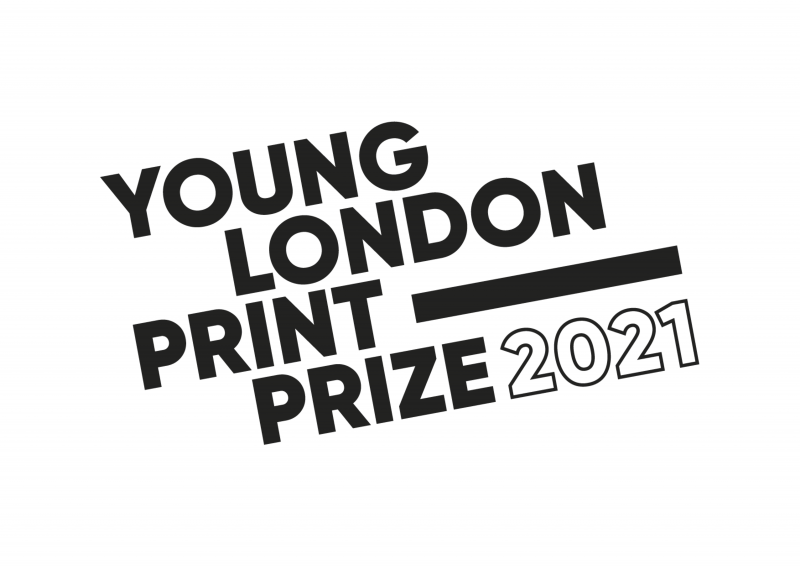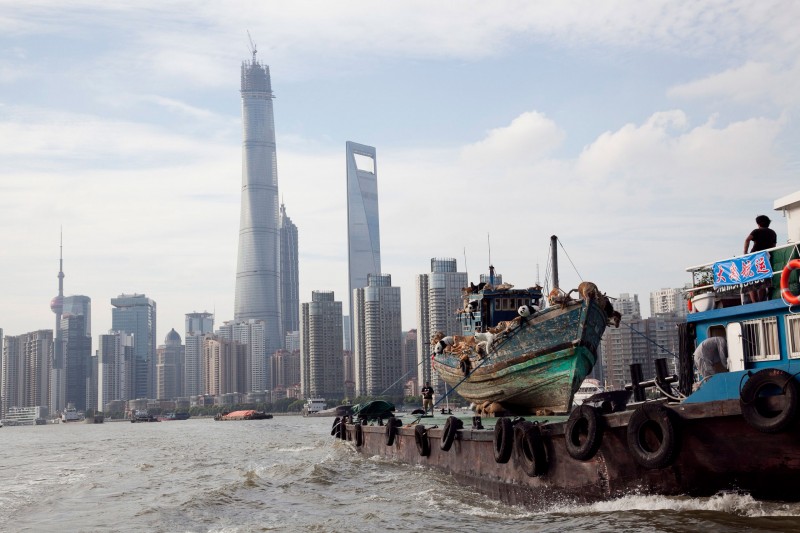Post
Spreadsheets or climate art? The Young London Print Prize
4 May 2021
Matt Bell talks about the second Young London Print Prize, run by Woolwich Contemporary Print Fair, in collaboration with Boldface
How do you solve a problem like climate change? Step one: announce big targets (78% by 2035). Step two: launch a bold plan. Step three: invent a catchy slogan (there is no planet B). And start measuring everything in sight.
All of that’s useful, except this is a human crisis not a science exam. We’re largely irrational creatures who need to engage emotionally with an issue in order to draw on the real competitive advantage of our species – creativity.
In order to emerge from this ecological disaster relatively unscathed, we have to create a vision of the future. We need to picture it first (right brain). Then make a plan (left brain). And the best way to visualise the point of buying into all those targets is through art.
What you might call ‘climate art’ has been around a while now. The pioneers were people like Anges Denes who sowed a field of wheat on a landfill site two blocks from Wall Street in 1982. The image juxtaposed food and ecology with commerce and power.
Since then, we’ve had Cia Gou-Qiang’s fishing boat float down the Huang Po river to Shanghai filled with 99 life-size replica animals strewn forlornly across the deck (see image above), and Romona Galardi’s ‘Blood will fall’ warning that there will be a price to pay.
All of this speaks to us powerfully about the climate crisis. But you don’t have to be a behavioural scientist to know instinctively that it’s not the right way to inspire mainstream behaviour change. It tends to induce what they call psychological distancing and a perception that ecology is global and problematic rather than local and personal.
What we need therefore is a different kind of climate art. Imagery and ideas that can help us picture alternative futures that feel hopeful and relatable. Something worth changing for.
Optimism and creativity isn’t the preserve of young people. But we also know that most of us get less creative as we get older and confined within a certain world view. So the need for young artists and activists to play a central role in the climate response gets stronger the more you think about it.
They are obviously our future leaders and decision-makers. They will bear most of the negative consequences of climate change (not the older ones who caused it). And they are themselves consumers and part of the problem through the way they live.
Young people are also uniquely accessible because so many are involved in the formal educational system, and their values, world view and identities are still not wholly internalized. That makes them potentially better able to spark alternative ways of responding than all of us world-weary adults, glued to our emails (Stevenson, Peterson, Bondell, Moore, & Carrier, 2014).
Which brings me to the news hook for this blog. Today marks the launch of the second Young London Print Prize, a competition I launched during the pandemic, driven by the idea that all young people are artists in their own right. It aims to help write a new future for contemporary art in the capital that genuinely reflects the real diversity of Londoners.
The Prize was won in 2020 by an outstanding entry from a year 5 pupil in Woolwich, beating off competition from 500 other young artists. This year, it’s set to double in size on the back of surging demand for arts education from schools across the capital.
The theme of the Prize this year is climate art. All the work will be created, judged and curated by young people themselves, and we’ve bid to exhibit the short-listed entries at COP26 in Glasgow.
The Young London Print Prize is run by Woolwich Contemporary Print Fair, in collaboration with Boldface. It’s had incredible support already from global sustainability specialists, Anthesis, and Peabody, who own and manage more than 71,800 homes, and I want to thank them both.
The Fair itself runs from 11-14 November. Put the dates in your diary and come along to be inspired by the insights and solutions of young artists.
As much as anyone, they should be the ones given a platform to salvage this planet from the climate crisis.
------
Footnote:
If you want to learn more about climate art, I’d say the best research is here from Julia Bentz at the University of Lisbon and the Centre for Ecology, Evolution and Environmental Changes: ‘Learning about climate change in, with and through art’ (March 2020).
https://link.springer.com/article/10.1007/s10584-020-02804-4
There’s also a good article here about the role that the arts can play in tackling climate change though gloriously, it makes no mention of young people anywhere nor of arts education: https://www.theguardian.com/commentisfree/2018/nov/20/arts-climate-change
And finally a great piece here about 10 artists making urgent work about the environment (remembering the point about psychological distancing): https://www.artsy.net/article/artsy-editorial-10-artists-making-urgent-work-environment

